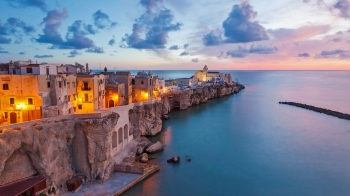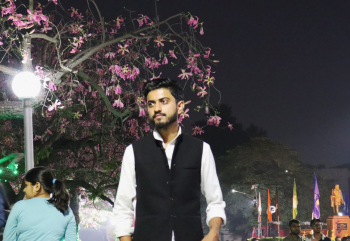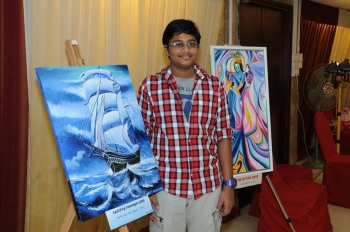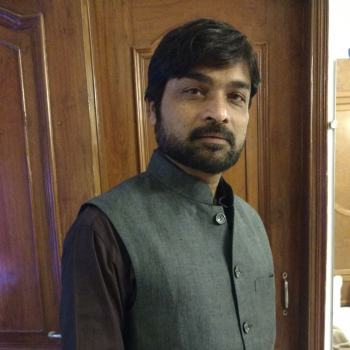
Have you ever wondered how fake Indian paintings enter markets? Making fake art has become very simple. We live in a world where an established brand name prevails over quality and creativity, whether be it any sphere of life. Struggling artists tend to get depressed over not getting the attention they deserve. So, the abject feeling of neglect and disdain force them to produce fake art.
How Fakes Flood Art Market in India!
Among other conditions that persist in the realm of Indian paintings, some artists let their assistants draw the pattern of the painting and they just color the work and sign that in their name for the purpose to reduce the cost of the painting. But, that is another issue. Here the artist is selling his brand name. The problem here is that the painting doesn’t mention the fact. This is outside the domain of fraud.
The Plague that Haunted the Female Head for 10 years
Sometimes, the abovementioned act is perpetrated by artists’ assistants with dishonest intention. One such scam surfaced out ten years ago. Hamid Shafi was assistant to Anjolie Ela Menon, one of the eminent Indian contemporary and modern painter. One of her famous works, ‘Female Head’ was faked and it changed hands many times within different art galleries in Mumbai. The investigation culminated in the arrest of her assistant and Suraj Sharma who is the owner of a framing house based out in Delhi.
Menon mentioned in an interview with the Economic Times, “I think we've just given up on it because they all do it. I think they are a little wary of my fakes (of my work) after the incident because those two guys were put in jail by the enforcement directorate. They fake so many artists, they fake Jamini (Roy). It is terrible." It was published in their issue of 3rd December 2015.
It Takes Just Ordinary Prudence Sometimes!
The buyer also needs to use their presence of mind according to Uday Jain of Dhoomimal Art Gallery. Frauds often claim that they have acquired the artwork from some royal families. Generally, Royal families have colonial or medieval art in their collection. It is unlikely that royal families have modern Indian artists like M.F. Hussain and Souza and which they are planning to give away.
Is Kolkata a Brooding Place of Imitating Painters!
CIMA Art Gallery has become one of the most prominent art galleries in Delhi after west Bengal. Rakhi Sarkar founded it 26 years ago in Kolkata. She understands hoe the leech of fake art is drawing out life-force from the art world. She makes her point that with astonishing statistics. She claims that 90% of the works ascribed to Jaimini Roy floating in the market for sale are fake. It takes no effort in adding the numbers because his oeuvres are way less in numbers than the ones that are offered for sale put together.
Calcutta has been the central axis in every major event relating to culture and politics. This may be due to the reason that it was once the national capital before Delhi. Sarkar believes that fake art proliferates in Kolkata with ease. New art graduands from art schools like Shantiniketan, the Government College of Art and Craft, etc. religiously imitate famous works. Their intention most of the time is not to be recognized as an original. But, they don’t have any control over the subsequent sales. Even the government institutions are not immune to this.
How could a New Piece Pass Off Like a Worn-Out Original!
Kolkata and Jaipur are the hubs of the magic that every fake goes through. A freshly painted work is treated with a chemical that produces an effect that makes them look like they belong to some bygone era. Sometimes, artists fake the original in such a convincing way that could even fool an expert’s eye.
What Art Gallery and Auction House must Do!
The plague of fake art has made the foundation of the art world rotten. Buyers are wary of buying art as an investment in India as they do not know that what they are buying is worth the price they are paying or not. Even art curators do not sweat over any work being found a fake. If galleries and auction houses could include the services for ascertaining the art being fake or not, it could escalate the sales at the speed of light. Unfortunately, 90% of these institutions fail to do so.
Art Scams are Also hitting Hard
The trustworthiness in art is also hitting the bottom with the reported incidents of art scams. Yes! Art scam is an attempt to dishonestly take money from a potential buyer or seller. There are many types of art scams which are as follows:-
- The one where the seller demands money from the artist- Sometimes, artists are tricked to transfer money that would be used for shipping as generally, they are taken up by the seller before the buyer transfers the whole consideration. If the buyer is keen on that and demands that in the first round of negotiation, then you have a reason to raise alarm.
- The one where the customer pays you through check- Instances have come to light where the buyer sends the artist a check that has an extra amount. They will now request the seller artists to send the remaining amount to their account. In this condition, the artist must wait for the check to get cleared. Once the amount is credited to your account, you may do the required.
- The one where they offer a prominent place in a big art fair- An artist may get an email for participation in an art event at unbelievably low prices. The artists must always look out for opportunities like these. But, they must first investigate if the offer is too good to be true.
In the sale of immovable property, one may find out about the previous owner from a government record. But, in the case of art, no paperwork could prove that without an ounce of doubt. So, the responsibility of the art collectors to find out about the provenance of artwork has become imperative.





















